Marketing your products and services is a must for the success of any business. Finding the right marketing mix, allocating the budget accordingly, and then figuring out how to track and measure everything can feel overwhelming.
Earlier this week, I published a blog post on How to Build a Quarterly Marketing Roadmap, which covered specific ways that businesses and marketing professionals alike could implement a marketing roadmap to drive the best results.
A powerful omnichannel marketing strategy in the same sense should be built out and planned the same way, but consider a longer time period — anywhere between 6-12 months. In most cases, I’ve found that the clients I work with budget and build out their marketing plan for the entire fiscal year.
The clients that experience the most success are those who have a solid omnichannel marketing strategy that focuses on execution and results. So in today’s blog post, I’m going to cover steps to create an omnichannel marketing strategy that will yield a positive ROI.
Before we dive in, let’s make sure we’re on the same page in understanding the importance of omnichannel marketing with these stats:
- Businesses that adopt omnichannel strategies achieve 91% greater year-over-year customer retention rates compared to businesses that don’t.
- Companies with extremely strong omnichannel customer engagement see a 9.5% year-over-year increase in annual revenue.
- Marketers using three or more channels in any one campaign earned a 287% higher purchase rate than those using a single-channel campaign.
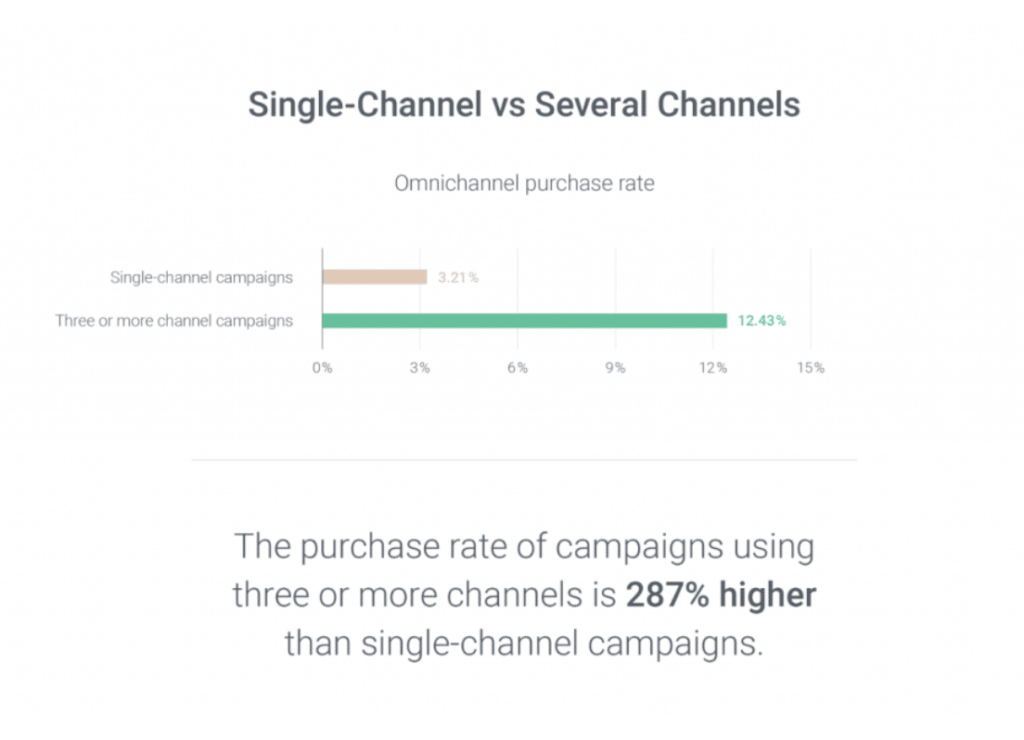
What is Omnichannel Marketing?
According to Instapage, omnichannel marketing refers to the concept of providing a seamless user experience across all channels relevant to the buyer’s journey. The term emphasizes a shift in the way people progress through the marketing funnel.
Omnichannel marketing isn’t just for eCommerce or retail brands either. In the B2B space, it’s important that you have a seamless way to engage with target/existing customers with every touchpoint. Doing so will allow you to see:
- Where your marketing efforts are falling short of sales in the buyer’s journey
- Where your marketing efforts are falling short when it comes to retention
- Which campaigns are driving the highest conversion rate with the best CPL and CPA
- A bird’s eye view of how everything aligns with your marketing and sales funnel, helping you understand where in the funnel you have the highest amount of leads that aren’t ready to buy yet and the expected sales cycle for each
Personalize the Experience
One of the quickest ways to make sure that you are personalizing the experience is within the messaging itself. For example, if someone clicks on an ad about downloading a whitepaper on “secure video conferencing”, your landing page should have a similar title with the whitepaper readily available for download.
From there, you’ll be able to nurture those who download your whitepaper, funneling them down a specific path to becoming sales-ready and qualified. That way, you’ll be able to see what your visit to lead percentage is and what your lead to sales percentage is. Both are important metrics to track because they’ll give you a good indication of what you’ll need to do to improve so that you drive a strong ROI.
The same should be applied for your retargeting ads. Don’t hit everyone with the same ads just because they visit your website. You should be personalizing your retargeting ads based on the pages people have visited.
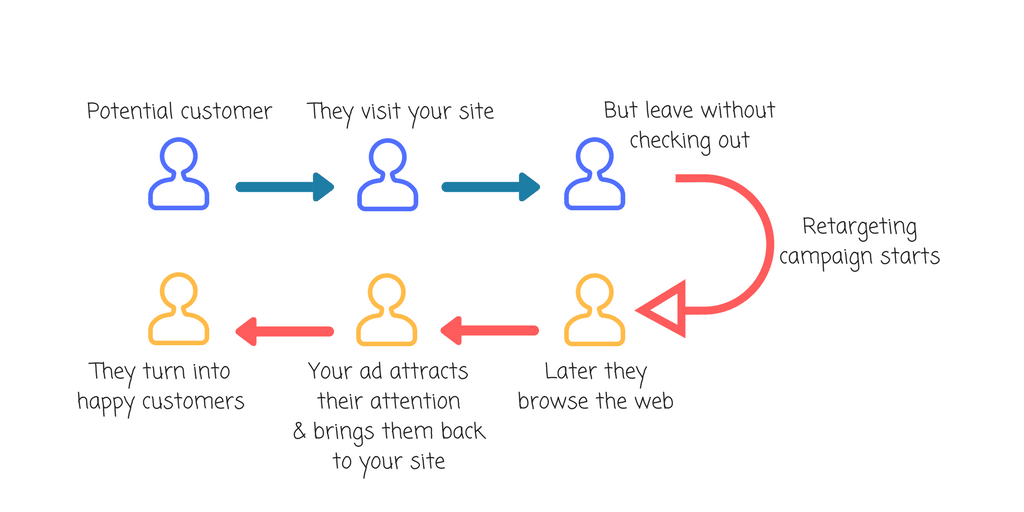
As you can see, it’s about the context of your campaigns and tying them all together in a way that you can track the activity that happens from the moment someone interacts with your brand to the moment they buy.
Have a Deep Understanding of Your Customers
Knowing exactly who your target/existing customers are, what motivates them to buy from you, the number of touchpoints before a purchase, and the channels they engage with the most are only a small list of items that will help you best connect with them.
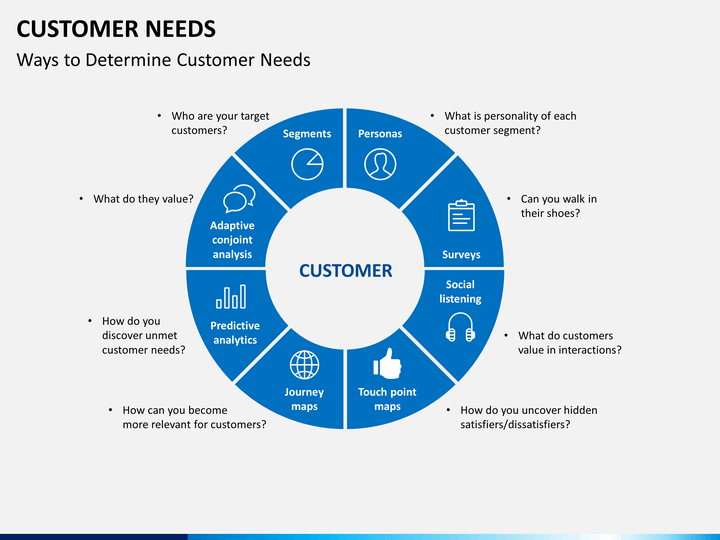
Don’t overlook email as being one of the most effective ways you can have a deeper understanding of the leads that are in your pipeline, as well as existing customers. I’d recommend doing the following to maximize your efforts with email:
- Segment your lists based on behavior — e.g. emails opened, clicked, campaigns, etc.
- Set up specific nurture workflows and attach lead scoring so you have some data-backed ways to see patterns.
- Develop content that serves their specific needs.
- A/B test subject lines, messaging, and CTAs as often as you can.
- Create targeted landing pages to tie in with your emails.
- Make sure your emails are optimized for mobile and that the user-experience flows seamlessly.
- Keep testing.
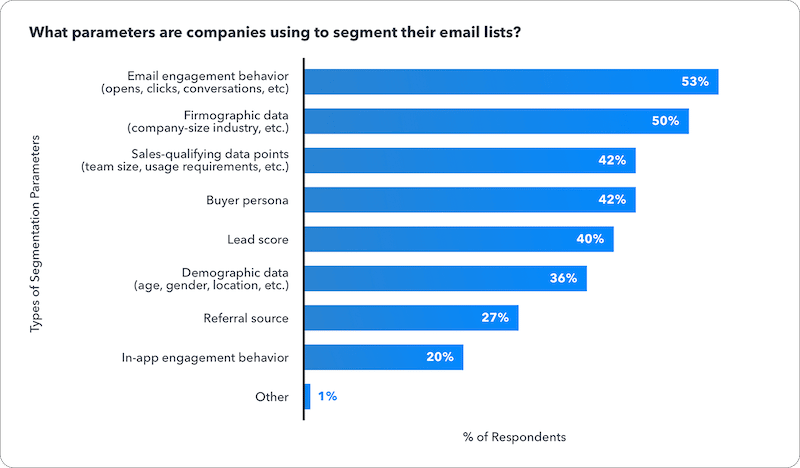
Adopt a Stellar Marketing Technology Stack
Starting with the basics — Google Analytics, Search Console, Tag Manager, and Data Studio are all free and the best ways to get started with your martech stack. From there, you’ll have to look at other tools that can also help you reach your customers such as Google Ads, social ads, using a specific DSP or media company to help push your ads, etc.
Then, it’ll come down to the tools you use for internal and external collaboration and communications such as:
- Wickr — a safe and secure video conferencing solution where your team can discuss projects, pipeline opportunities, sensitive information around contracts, and so on.
- Trello for project management.
- Slack is another great communications solution for teams and it has a ton of connections to other tools that can help drive efficiency.
- Google Drive for storing your design and content assets for collaboration.
- Zapier is great for connecting disparate tools.
Be Purpose-Driven with Each Execution
Attaching a purpose/goal to every effort and how it aligns with not only the overall marketing goals but business objectives will help ensure that you stay focused and are on a path to yielding strong results.
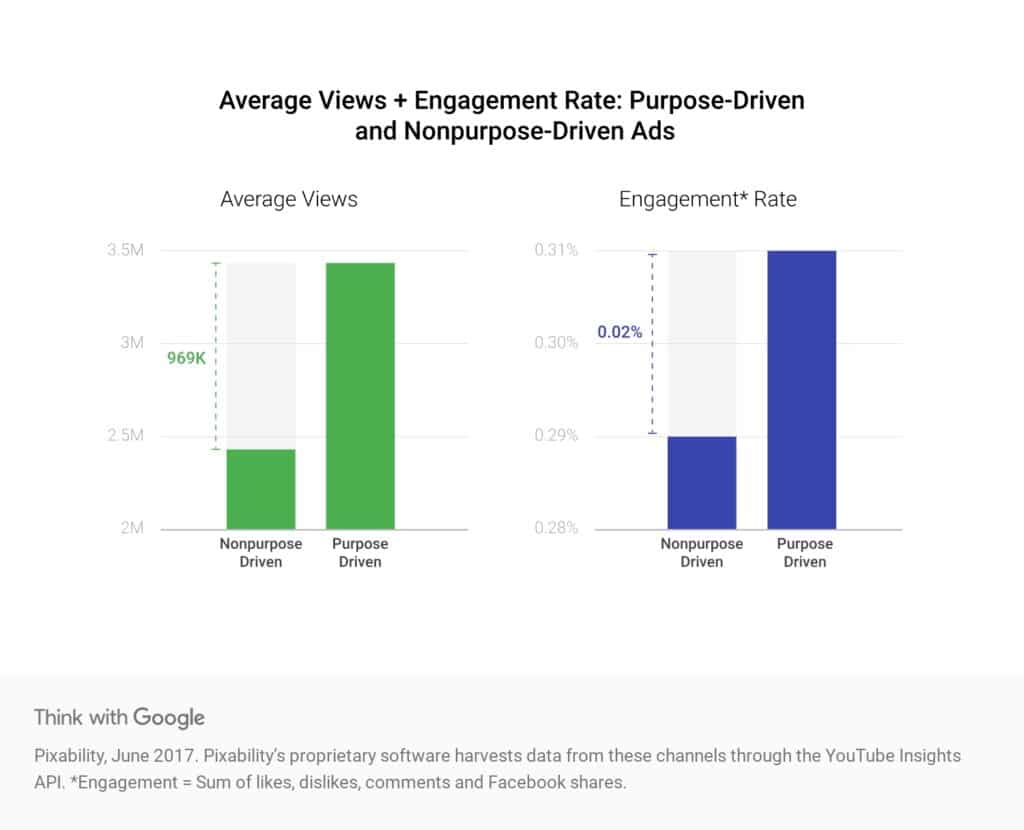
A great place to get going is to look at the entire marketing funnel, the channels within each phase, and the goals you intend to achieve throughout. Doing so will give you a clearer understanding of what needs to be done in order to meet the goals in place, but also track and collect data as you implement.
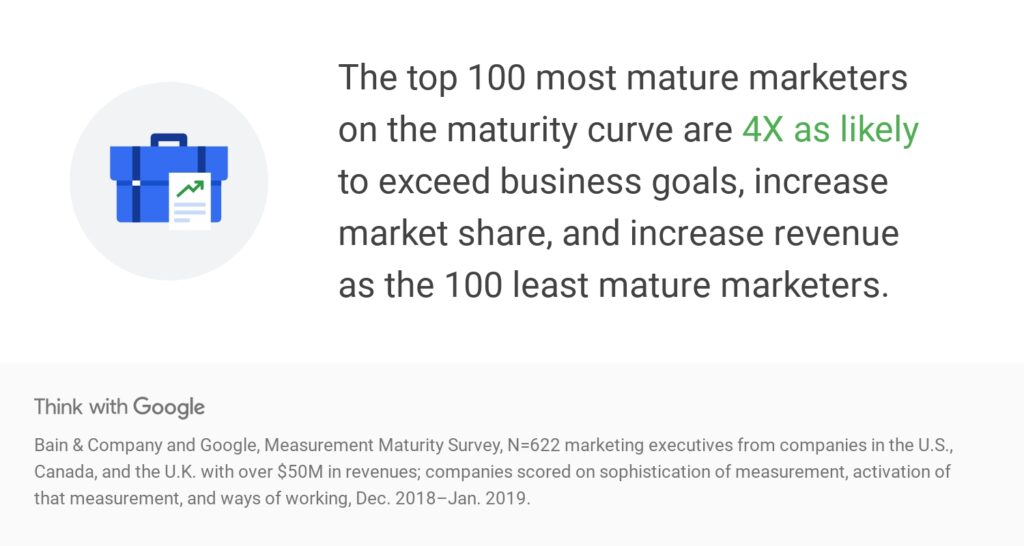
Wrapping It Up
As you build out your strategy and begin executing on it, make sure you are flexible with your approach. You need to be able to easily pivot if you see something that’s not working and won’t drive the desired results.
Also, make sure that you push growth hacking as if it were a part of your DNA. Doing so positions you to continually test, measure, improve, and repeat. This is one of the best ways to learn more about your target/existing customers so that you can position every execution to meet their needs.





